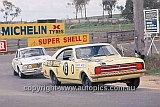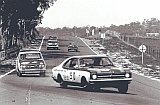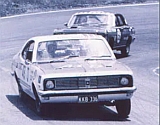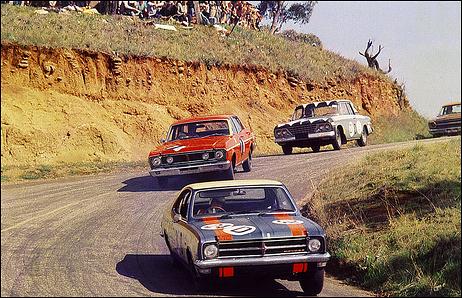
Before the introduction of the Monaro, Holden had very limited success in motor sport with the best result being in 1958 in the Ampol Trial. Another that comes to memory is when Leo Geoghegan won the Sedan and Sports Car event at the Easter Bathurst race meet in a 48-215 (These cars were modified and raced with considerable success), in the same year but other than those, there was a 2nd place at the 1963 Bathurst Production car race in a S4 EH.

The Monaro became the first 'race car' from GM-H that they were serious about as they now new the bonus of a winning car. The Monaro was a variant of the HK sedan and came with engine options that included 2 Chevrolet V8's, the 307 and the 327. The GTS 327 was the car the public fell in love with and with several ex U.S.A. blueprinted engines finding there way into the hands of selected local racers was all that was needed. The engine had a five bearing crankshaft, four barrel Rochester carburettor, chrome rocker covers and a dual exhaust system. This engine was strong with over 250 bhp which put it in front of the power stakes from it's Ford rival. The gearbox was also a Chevrolet heavy-duty unit which had four foward speeds and was coupled to a limited slip diff. It came standard with a tall rear-end ratio but this could be altered which made it suitable for rallying. The rear suspension featured radius rods and uprated semi-elliptic leaf springs while the front had a thicker than normal roll bar and used heavy-duty dampers. The wheels were six inch rally rims and all of these were needed to give this large car stability at it's top speed of 128 mph (206 km/h).
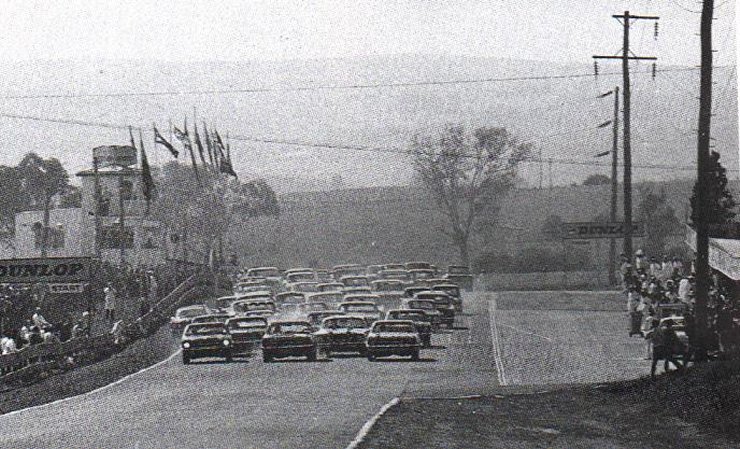
Not long after the first Monaros hit the streets, the GTS 327 began to be hurled around Australian racetracks with sensational success. A first-up win by Tony Roberts and Bob Watson in a GTS 327 Monaro at the 1968 Sandown 3-hour enduro set the scene for Bruce McPhee and Barry Mulholland to pilot their Warwick Yellow Monaro to victory in the '68 Hardie-Ferodo 500 at Bathurst. Named for its 5.3 litre 327 Chevrolet V8, this gutsy performer sported a Chevrolet Saginaw four-speed manual transmission, bigger wheels and tyres, a larger fuel tank and improved engine cooling. The first 'Great Race' proved a clean sweep for the Monaro marque, with the combinations of Jim Palmer/Phil West and Tony Roberts/Bob Watson claiming second and third for a classic all-Holden, all-Monaro podium finish. The following year, Monaro again proved its mettle, with Colin Bond and Tony Roberts claiming victory and the young Peter Brock, also driving a Monaro, finishing third. The Mount Panorama circuit proved a fitting battleground for the fastback coupe named after an Aboriginal word meaning 'high plateau' or 'high place'.
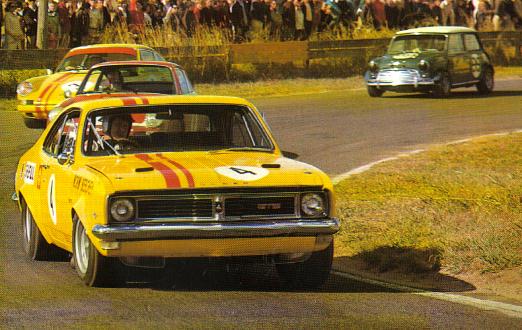
There was no doubt that the Monaro had the edge over the Falcon GT even though this was only a slight edge, it was to prove a winning one! The debut of the competition Monaro's were held up because of homologation problems but finally made it's first appearance at Sandown in the 3 hour race which was the traditional warm up for Bathurst. Also there for it's first appearance was the new Falcon XT GT so the interest in this race was enormous. It was here that the intense on track rivalry began in ernest against the giants of the Australian car industry and the public still continue this today.
Pole position went to the Monaro of Henk Woelders and outright honours went to the Monaro of rally drivers Tony Roberts and Bob Watson with Alan Jones and Clive Mills coming in second place, the Ford drivers were shocked by this. The only worry for the Monaro's were there suspect brakes as two of three Monaro's that didn't finish had brake problems and Bathurst was notoriously hard on brakes. The Monaro had shown Australia that Holden had a car which they could call a race winner and they liked that as did the public. The Sandown race was still just a preview of things to come and with eight Monaro's entered for the Bathurst event the Holden team were hoping for big things and they weren't let down, however there was some surprises.
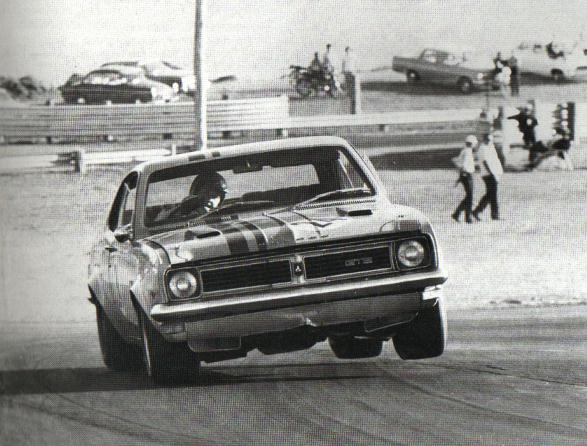
These successes fuelled the now-traditional Holden/Ford racetrack rivalry and earned Holden the Bathurst 'King of the Mountain' title it retains to this day. Current titleholders Russell Ingall and Larry Perkins will vie for Bathurst honours this year in an all-new VT Commodore racer.

The upcoming Bathurst was all about the decider for overall honours as both Falcon and Holden had won one each and this was going to prove who had the best 'Muscle Car'. The HT Monaro was released in August 1969 with the new 350 Chevrolet engine and this time quoting 300 bhp, better gearing and improved suspension proved to be a worthy combatant for Fords new powerful 351 V8 Falcon GT. The first outing for the GTS 350 was the Sandown 3 hour and was notable for the absence of the Holden Dealer team who decided to prepare for Bathurst instead. Sandown wasn't a good showing for the new car and fourth was the best the Monaro could manage from the five GTS 350's that ran there. There were just six Monaro's entered at Bathurst in 1969 and with the pairing of rally drivers Colin Bond and Tony Roberts taking the honours to make it two in a row for Monaro. Third place went to Des West and the new boy on the block Peter Brock. This was the last time the Monaro was to run at Bathurst as an outright contender as a new member of the Holden family was to continue for the next few years, the nimble Torana. The Monaro was still racing in various forms and with success like the gruelling Rothmans 12-hour at Surfers Paradise with Bond/Roberts at the wheel. Even as late as the 80's there were still HK-HG Monaro's racing competitively in some classes!
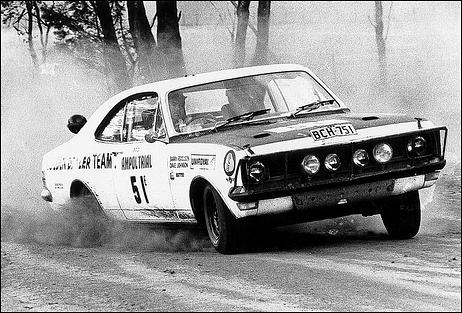
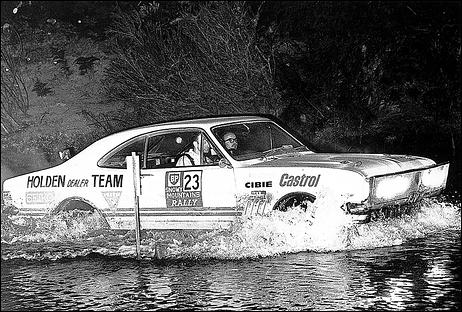
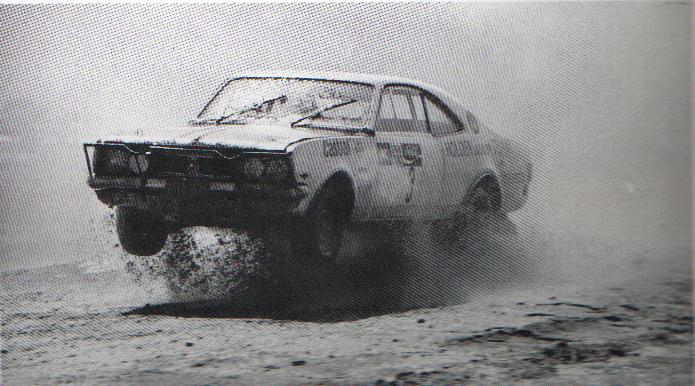
The Monaro was getting placings off road as well with Bob Watson and Jim McAuliffe in there HK GTS V8 getting several high finishes in the 1968 Australian Rally Championship which included a second at Walkerville. These rally Monaro's were usually running the 307 V8 and proved the versatility of the new car. Watson and McAuliffe took out the Victorian Rally Championship in 1968 and Mike Osborne claimed second in his 307 HK. But it was the road racing Monaro's that really stamped it's authority with such drivers as Norm Beechy who gave GM-H it's first ATCC ( Australian Touring Car Championship) in 1970.
By 1970 it was all over for the Monaro, Holden had introduced the smaller 6 cylinder powered Torana GTR XU1 and these were campaigned up until till 1974 when the V8's were back, but this time in a larger Torana.
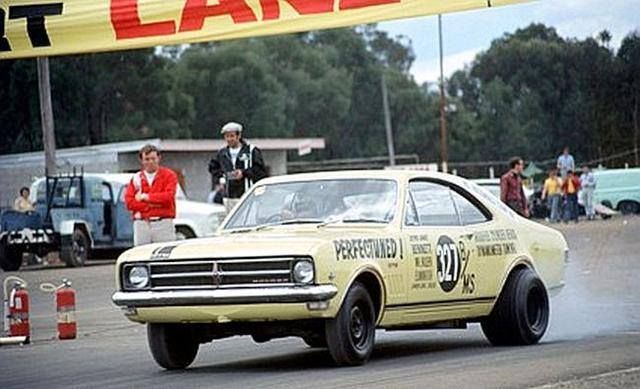
Yella Terra founder "Dyno Dave" Bennett's Perfectune Monaro, Castlereagh Dragway 1969
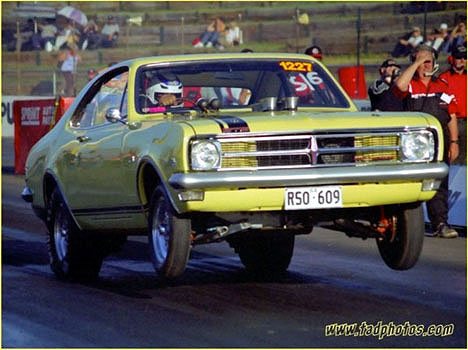
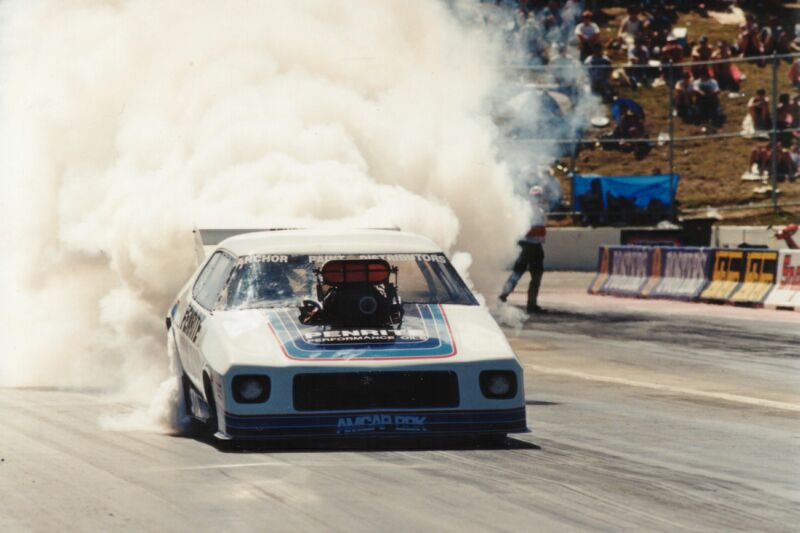
Zap's Rat HQ Monaro 6 second Doorslammer
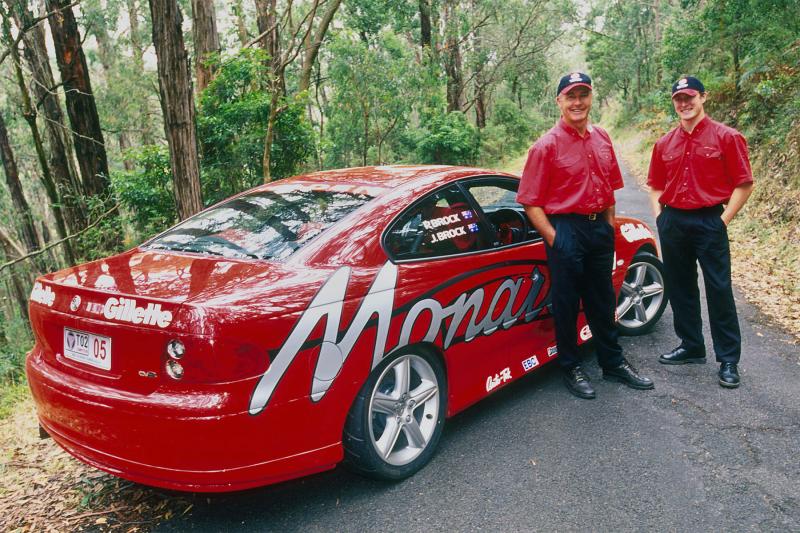
Peter Brock and son James on the 2002 Targa Tasmania


